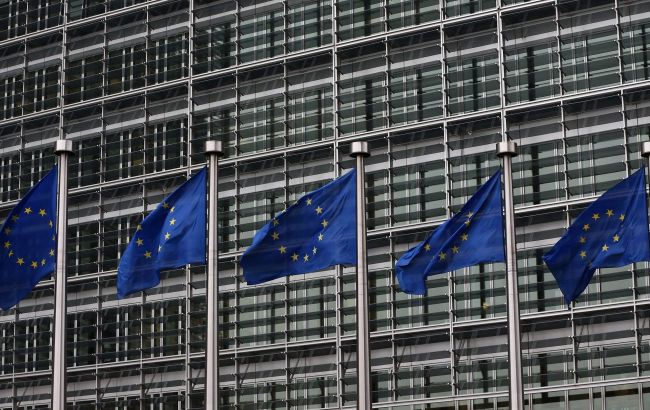EU considers allocating Ukraine €15B from frozen Russian assets, NYT reports
 Illustrative photo (Photo: Getty Images)
Illustrative photo (Photo: Getty Images)
The EU's plan for utilizing the profits from frozen assets of the Russian Central Bank could provide Ukraine with up to 15 billion euros, according to The New York Times.
After several months of political disputes, the European Union officially initiated the lengthy process of fulfilling its promise regarding the use of funds derived from frozen assets of the Russian Central Bank to restore Ukraine.
The European Commission has announced its approval of a proposal that details the lawful utilization of interests and other revenues from these assets, held in European financial institutions, for the benefit of Ukraine.
"But contrary to the usual practice, the commission has not disclosed publicly its contents, reflecting how politically fraught the plan is for many of member nations," the material writes.
What Ukraine might gain
The plan potentially could provide Ukraine with up to 3 billion euros per year or up to 15 billion euros from 2023 to 2027. However, these figures might fluctuate depending on market conditions.
This proposal needs approval from the European Parliament and all 27 member states and is expected to encounter resistance from some countries.
The report notes that France, Germany, and Italy have expressed reservations, while Hungary is blocking a separate financing mechanism for Kyiv, which leaders are expected to discuss later this week.
The effort to release funds for Ukraine is happening against a backdrop of growing concerns about weakening financial support for military efforts among European countries and the United States.
What the plan involves
According to the proposal reviewed by The New York Times, the Commission's plan requires financial companies holding frozen assets of the Russian Central Bank to deposit the derived profits, such as interests, into separate accounts.
EU member states must decide how to channel these profits to Ukraine, opening doors for further lengthy negotiations. The plan doesn't touch assets whose balance remains untouched.
The limited scope of the proposal also aims to alleviate concerns about potential future legal claims from Russia on this money. According to the document, the revenues are not sovereign assets and should not be accessible to the Russian Central Bank under applicable regulations.
Using frozen Russian assets
For several months, European officials have been exploring ways to seize around $300 billion in revenues from Russian assets frozen after Russia's large-scale invasion of Ukraine.
Ukraine, along with international partners, is working on establishing the possibility of confiscating frozen Russian assets, including state assets, in allied countries. These funds are intended for the restoration of Ukraine, amounting to nearly $500 billion.

